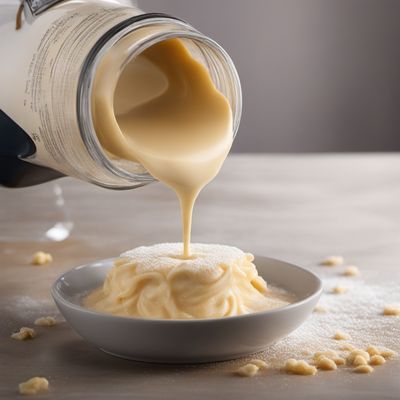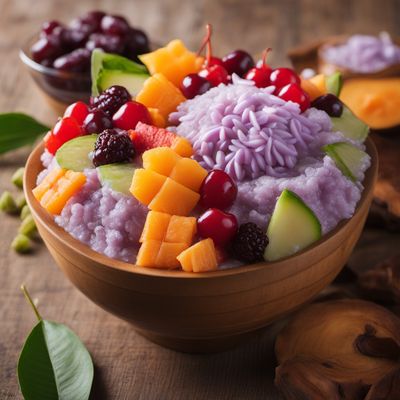
Ingredient
Lobster, european
The King of Crustaceans
European lobster, also known as Homarus gammarus, is a highly prized crustacean renowned for its succulent meat and sweet, delicate flavor. It is considered the king of crustaceans and is a staple in gourmet seafood dishes.
Origins and history
European lobsters have a long history in European cuisine, dating back to ancient times. They were highly valued by the Romans and were even used as currency. Today, they are still revered as a luxurious delicacy.
Nutritional information
European lobster is a good source of lean protein, vitamins, and minerals. It is low in fat and calories, making it a healthy choice for seafood enthusiasts. However, it is high in cholesterol, so it should be consumed in moderation.
Allergens
Individuals with shellfish allergies should avoid consuming European lobster, as it can trigger allergic reactions. It is important to exercise caution and consult with a healthcare professional if you have any known allergies.
How to select
When selecting European lobster, opt for live lobsters that are lively and active. They should have a hard shell and feel heavy for their size. Avoid lobsters with soft shells or any signs of discoloration or strong odors.
Storage recommendations
To maintain the freshness of European lobster, store live lobsters in a cool, damp environment, such as a refrigerator or a cooler with wet newspaper or seaweed. Cooked lobster meat should be refrigerated and consumed within 2-3 days.
How to produce
European lobsters are typically harvested from the wild, but they can also be farmed in controlled environments. However, lobster farming is a complex process that requires specialized knowledge and equipment.
Preparation tips
European lobster can be prepared in various ways, including boiling, steaming, grilling, or baking. It is often served with melted butter, lemon wedges, or in rich seafood stews and bisques. The meat can be used in salads, pasta dishes, or as a filling for lobster rolls.
Substitutions
Crab meat can be used as a substitute for European lobster in recipes that call for cooked lobster meat. However, the flavor and texture will differ slightly.
Culinary uses
European lobster is highly sought after in gourmet seafood restaurants and is commonly used in dishes such as lobster thermidor, lobster bisque, lobster rolls, and lobster salads.
Availability
European lobster is commonly found in the coastal waters of the northeastern Atlantic Ocean, particularly in countries such as Norway, France, and the United Kingdom.
More ingredients from this category
Recipes using Lobster, european

Peruvian Beef and Noodle Soup
Andean Delight: A Hearty Peruvian Beef and Noodle Soup

St. Louis Style Gooey Tablet
Buttery Delight: St. Louis Style Gooey Tablet

Halo-Halo Delight
Tropical Bliss: A Refreshing Twist on Halo-Halo

Limonnik-inspired Buko Pandan Delight
Zesty Buko Pandan Delight with a Russian Twist

Maritime-style Seafood Pasta
Oceanic Delight: Maritime-style Seafood Pasta

Canarian Chocolate Cake
Tropical Delight Chocolate Cake
